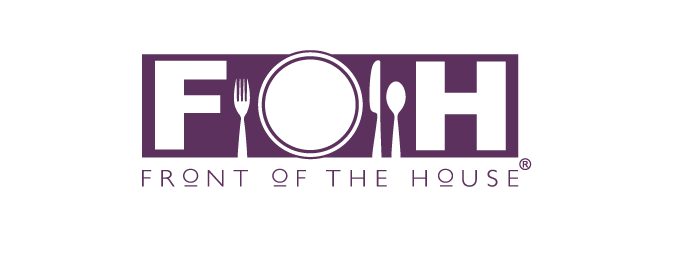The backbone of most Asian meals is the humble noodle. Although most Western foodies will only recognize one type of noodle, the continent which creates so much from the food group could list the differences for hours.
A Beginner’s Guide To Different Asian Noodles
We are going to break down the main 10 varieties to help you widen your palette.
Egg Noodles
Generally speaking, there are 3 types of egg noodles – Wonton, Hong Kong, and Lo Mein. Egg noodles are like fresh pasta. They will only last a couple of days as their main ingredient is fresh.
Wonton
Thin wontons are normally used in broths because they are springing and delicate. Wide wontons are normally included in heavy soups due to their hearty texture.
Both need to be boiled in water for around 40 seconds and constantly moved in the cooking process. Otherwise, they will stick together due to their eggy texture.
Hong Kong
Hong Kong noodles, often called Chow Mein, are the most commonly known egg noodles. You don’t need to boil them, instead, you can fry them along with your main stir-fry ingredients.
Take this Hong Kong noodles recipe by Honest Food Talks as an example. They suggest adding your noodles to the pan at the last minute, as they only need seconds to cook.
Lo Mein
Low Mein noodles are very similar to Hong Kong noodles, however, they include more wheat. This extra ingredient makes them amazing at absorbing heavy or rich sauces.
This additional thickness also means the noodles can be reheated, unlike the other two. If you want the meal to last as leftovers, choose Lo Mein.
Wheat Noodles
Wheat noodles share a resemblance to Italian noodles such as spaghetti. They differ in flavor but match in texture. This is because they have the same main ingredient – wheat. Like Italian noodles, you want your wheat noodles to have a “bite” to them – al dente.
Ramen
Ramen is very similar to spaghetti, however, it has a thinner shape. It has a yellow color and chewy texture.
To cook ramen, you need to boil it. Ideally, you should cook it separately from your soup ingredients and add them straight to the meal once ready to serve.
Udon
These noodles are fat. When they are cooked correctly, they have a chewy texture, but if they are overdone, they turn to mush.
Due to their thickness, Udon noodles are perfect for thick broths or heavy sauces.
Soba
Soba is normally made from buckwheat, which means they have a darker color than other wheat noodles. They also have a nutty flavor and a chewy texture. Because their flavor is so unique and strong, they should only be used with pairing ingredients.
Soba is commonly used for cold dishes such as salads, but they are sometimes offered in stir-fries or soups.
Somen
Somen is similar to Soba. It has the same thin size and same flat shape, however, it is made from wheat instead of buckwheat. This means the flavor is mild like the other wheat noodles, and the color is white or pale.
That being said, somen is still used in the same manner as soba – cold dishes or hot soups.
Rice Noodles
Rice noodles have the mildest flavor of all noodle types. This makes them perfect for light dishes or meals that have a complex flavor. Their texture is often delicate and silky. To cook rice noodles, you only need to soak them in hot water for a few minutes. It doesn’t take long for them to tenderize.
Vermicelli
Vermicelli noodles are super thin and long. They are sometimes confused with cellophane noodles, but they will stay white after being cooked. You can puff them up into crunchy snacks, or boil them for a silky texture.
Read Also: Class Action Settlement for Dickey’s Barbecue Customers
Rice Sticks
Rice sticks are flat and thin. Of the rice noodle types, these are the most common. Pad Thai often uses rice noodles due to their delicate thickness and ease of collecting thin sauces.
Cellophane
Cellophane noodles are extremely thin. They are technically made from rice starch rather than the rice itself. When this noodle is cooked, it turns translucent, hence its cellophane name. It has a silky and slick texture with hardly any flavor,
This noodle type is usually used for its texture and visual effects, rather than its flavor.
Summary
Generally speaking, there are 10 types of Asian noodles. They are either made with eggs, wheat flour, or rice flour. If the noodle is made with eggs, you can expect a fresh texture with a bite. If made with wheat, the texture should be chewy and filling. With rice, the texture is silky and thin.





